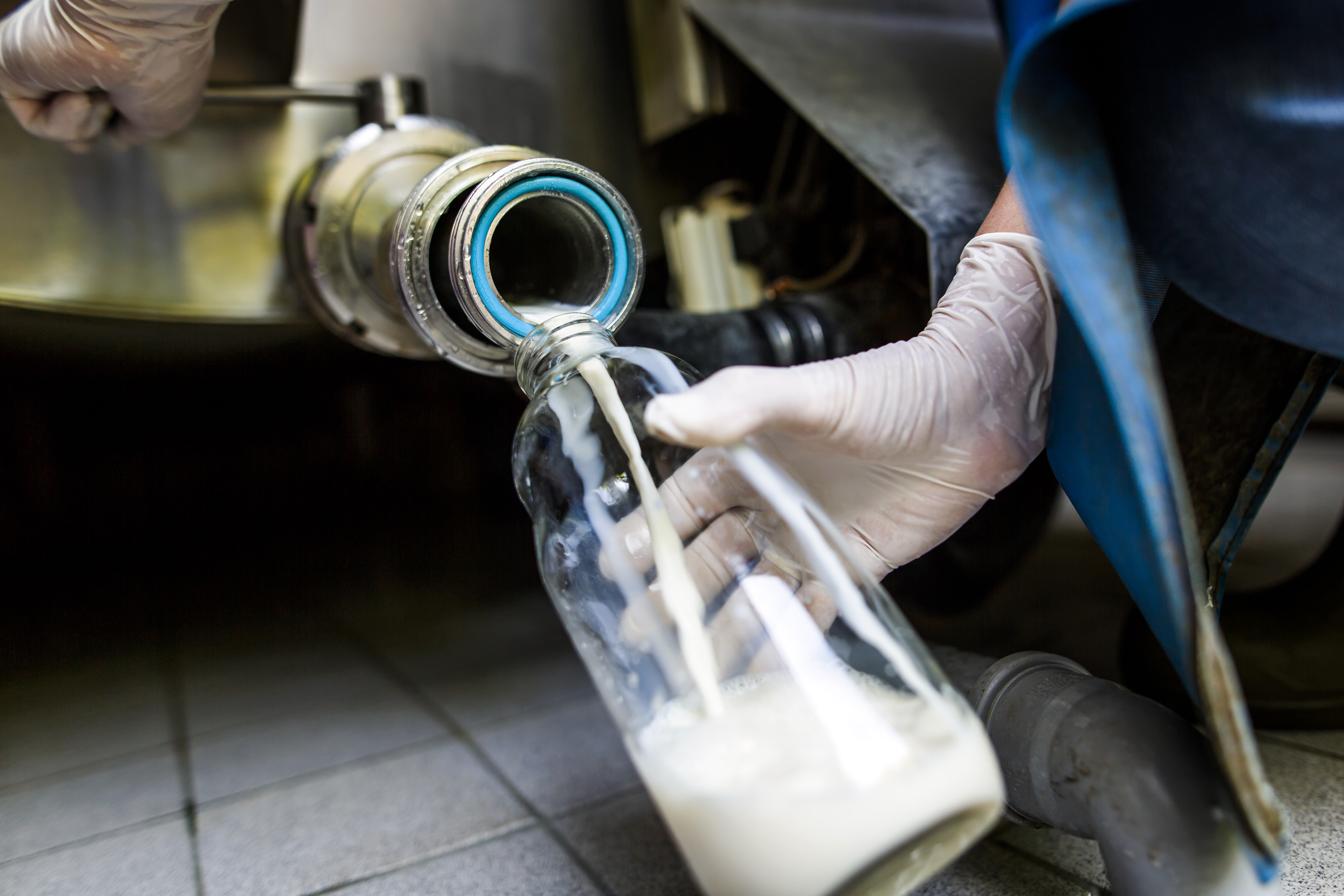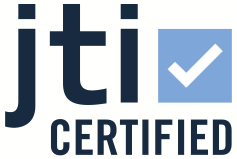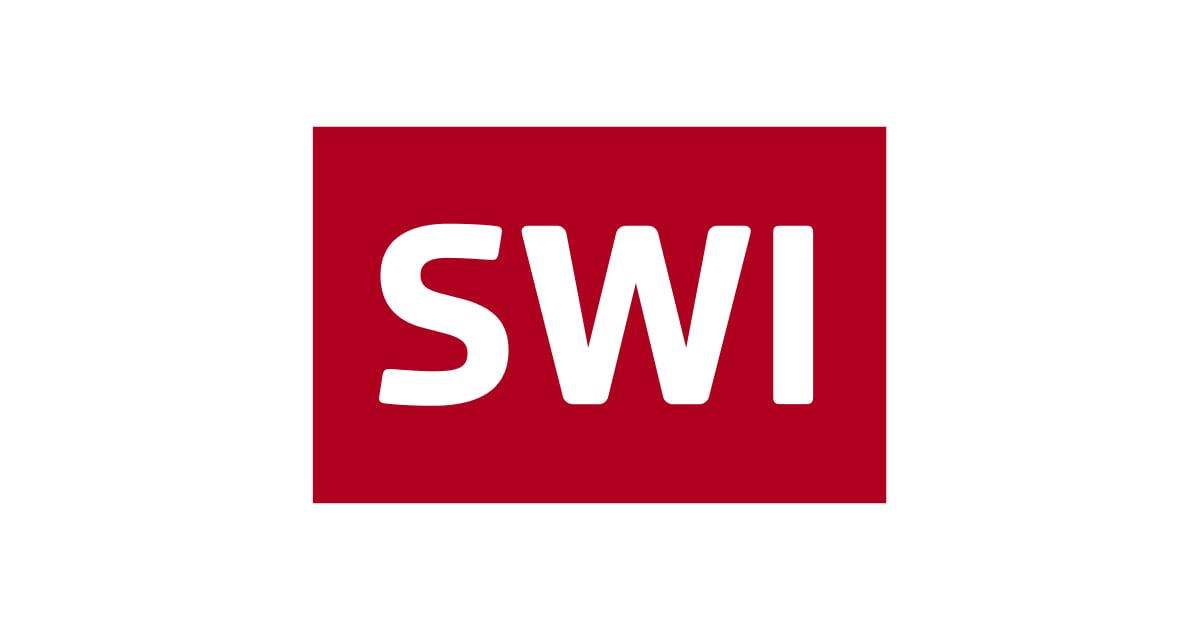
Why bird flu could threaten traditional Swiss cheeses

Switzerland’s cows have dodged the global H5N1 bird flu so far. But if it hits dairy herds, the country’s iconic cheeses – from Raclette to Vacherin – could be at risk.
Most traditional Swiss cheeses are made with unpasteurised milk. That makes them inherently riskier for consumers, especially for those with compromised immune systems, because they skip the pasteurisation process which kills harmful bacteria and viruses.
Although the cheese industry and the Swiss government have, over the years, taken steps to minimise the health risks of consuming unpasteurised milk, also known as raw milk, a new threat is looming to this centuries-old production process.
In March 2024, H5N1 – a strain of the highly pathogenic avian influenza (HPAI) virus deadly to birds and occasionally fatal in humans – was detected in dairy cattle in the US, marking the first known global cases in cows. While infected cattle typically develop only mild illness, the outbreak raised the alarm about the potential risks to farmworkers and food safety.
Bird flu
As of July this year, cases of H5N1 have been found in more than a thousand dairy herds in 17 US states and 41 dairy workers are known to have been infected through exposure to sick or infected cows, US government dataExternal link show.
California, the biggest milk-producing state, which accounts for almost a fifth of the country’s output, declared a state of emergency in December 2024 to improve preparedness and accelerate inter-agency response efforts. That month, the US Department of Agriculture (USDA) passed a federal order, which bypasses normal rulemaking procedures in emergencies, requiring unpasteurised milk samples to be collected from milk silos at dairy processing facilities nationwide and shared with the USDA for testing as part of its National Milk Testing Strategy (NMTS).
The disease, suspected to stem from contact with infected wild birds, was confirmed by US government scientists after farmers noticed cows were losing their appetite and producing abnormal, discoloured milk. In April 2024, researchers detected HPAI in 57.5% of 275 raw milk samples taken from herds in the four affected states of Texas, Kansas, Idaho and New Mexico. Further tests revealed that a quarter of the samples contained the H5N1 strain and a follow-up study showed that pasteurisation neutralised the pathogen in artificially contaminated raw milk.
Cheese also affected
The US Food and Drug Administration (FDA) also tested cheese made from raw milk aged for 60 days for the presence of H5N1. Out of 110 samples analysed in early 2025, 96 were negative and results for 14 samples are still pending. Although the findings suggest aged raw milk cheese could be free of the virus, an FDA-funded study by Cornell UniversityExternal link showed it can survive in some aged cheeses if their acidity level is too low.
“Our study highlights the potential public health risks of consuming raw-milk cheese, underscoring the need for additional mitigation steps in cheese production to prevent human exposure to infectious virus,” the authors wrote in an article in March published on the bioRxiv platform, which distributes research articles before they are peer reviewed and formally published.

More
Raw milk: regulatory loophole gives Swiss the freedom to skip pasteurisation
The first Swiss studyExternal link on the potential impact of bird flu on products made with raw milk was only published in June this year by the agricultural research institute Agroscope and Institute of Virology and Immuology (IVI). Scientists tested Swiss cheese prepared from raw milk injected with the H5N1 virus that had been isolated from the milk of infected dairy cows in Texas. They found that in unpasteurised milk the H5N1 virus can survive the cheese-making processes if the temperature during production stays below 50 °C.
Generally, unpasteurised milk used to make hard and extra-hard cheeses is heated to around 51–58°C during production – a process that reduces pathogens, making the final product safer for consumption. But raw milk used to make soft cheeses is only heated to around 35°C and below 50°C for most semi-hard cheeses. The pre-curdling temperatures for most popular raw milk Swiss cheeses are up to 57°C for Gruyère, 52-54°C for Emmentaler, 43–45°C for Appenzeller and 42°C for Raclette.
Acidity also reduces the chances of virus survival. The FDA-funded study by Cornell University showed that the virus was still present in cheese made with raw milk injected with H5N1even after 60 days of ageing at acidic pH levels as low as 5.8. The virus did not survive the cheesemaking process at a more acidic pH of 5.0.
“Both pH and temperature affect the survival of H5N1 virus in raw-milk cheese. Whether they lead to full inactivation depends on the initial viral load and the specific recipe for each cheese,” says lead author Nicole Lenz-Ajuh.

More
Consumers are still buying food which makes them sick. How come?
But temperature and acidity are not the only factors that determine whether the virus can exist in the cheese consumers buy in the shops. Other parameters like salt concentration or the amount of water available for microbial growth (known as water activity) may also determine whether the active virus survives processing.
The exact conditions under which Swiss cheeses are produced are not written on their packaging but can be found in the specifications for cheeses that qualify for Protected Designation of Origin status, such as Gruyère. For other varieties, consumers need to contact the manufacturer.
Switzerland Cheese Marketing is monitoring the situation but warns consumers not to jump to conclusions on the basis of an experimental study conducted under laboratory conditions.
“We are closely following scientific developments and are in regular contact with research institutions and authorities,” says spokesperson Desiree Stoker. “For consumers, the following still applies: the consumption of Swiss cheese – including that made from raw milk – is generally safe.”
When contacted by Swissinfo, the Swiss Federal Food Safety and Veterinary Office (FSVO) responded that it is aware of the study but does not see any need to take preventive action yet, because there is currently no documented case of H5N1 in dairy cows in Switzerland.
More
Surveillance can be triggered if outbreaks are reported in lots of poultry farms that have dairy cows nearby, says Barbara Wieland, director of the Institute of Virology and Immunology in Mittelhaeusern and Bern in Switzerland.
“The probability of something like that happening in Switzerland is zero right now because it takes a very high infection pressure for the virus to get into cows,” she says. “There is no influenza in Swiss poultry currently whereas in the US hundreds of millions of chickens and wild birds died before cows were infected.”
Switzerland also a key advantage the US lacks: an existing well-oiled milk testing and monitoring system. Under the Swiss dairy industry’s milk quality assurance scheme, every dairy farm is tested twice a month for mastitis, a system that could easily be expanded to detect avian influenza if needed, Wieland says.
There is also another reason to be cautious about extrapolating from the experience of the US dairy industry – the different behaviour of the American H5N1 strain from others.
“We could see differences between the viruses used in the Swiss bird flu study,” Wieland says. “The American isolate behaved quite differently from the others which means that it is difficult to draw generalised conclusions on the survival of viruses in dairy products and local virus strains will need to be reassessed.”
Thus, while bird flu has not yet been identified in Swiss dairy cows and the established milk testing protocol will come handy in case it is, there are still a lot of unknowns when it comes to potential impact on the Swiss cheese sector. After two years of mediocre exports, the industry has only just returned to winning ways in 2024 registering a 5.3% increase in export value compared to 2023 at CHF748.5 million (about $929 million).
American President Donald Trump’s announcement on August 1 (effective from August 7) of a steeper-than-expected 39% tariff on imports on Swiss goods is already threatening to derail the recovery – 11% of Swiss cheese exports go to the US, although the share is as high as one-third for Gruyère. The last thing the industry wants is an outbreak of bird flu in Swiss dairy herds.

More
Selling Swiss cheese: ‘The main problem with the US today is uncertainty’
Edited by Nerys Avery/ds

In compliance with the JTI standards
More: SWI swissinfo.ch certified by the Journalism Trust Initiative
































You can find an overview of ongoing debates with our journalists here . Please join us!
If you want to start a conversation about a topic raised in this article or want to report factual errors, email us at english@swissinfo.ch.